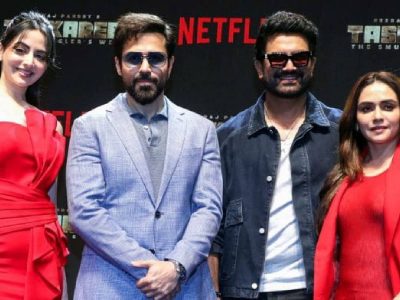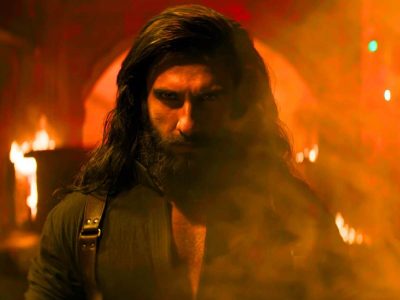Right from 1931, when India’s first talkie Alam Ara was released, movies had a powerful impact on the Indian collective consciousness. After Partition, many of our actors, writers and technicians were lost to Pakistan. But the industry greatly gained from the nation-building campaigns helmed by India’s first Prime Minister Jawaharlal Nehru focused around the popularity of Raj Kapoor, Dilip Kumar and Dev Anand.
Interestingly, the first influence came from abroad. “The influence of Parsi theatre is pretty evident in the rather loud, theatrical quality of some of our earlier films,” recalls veteran actor Yashpal Sharma whose film on the legendary Haryanvi poet Pandit Lakhmi Chand is slated to release in November 2022. “It gradually underwent many changes leading to the era of music and songs that witnessed legendary singers and virtuoso music directors and lyricists”.
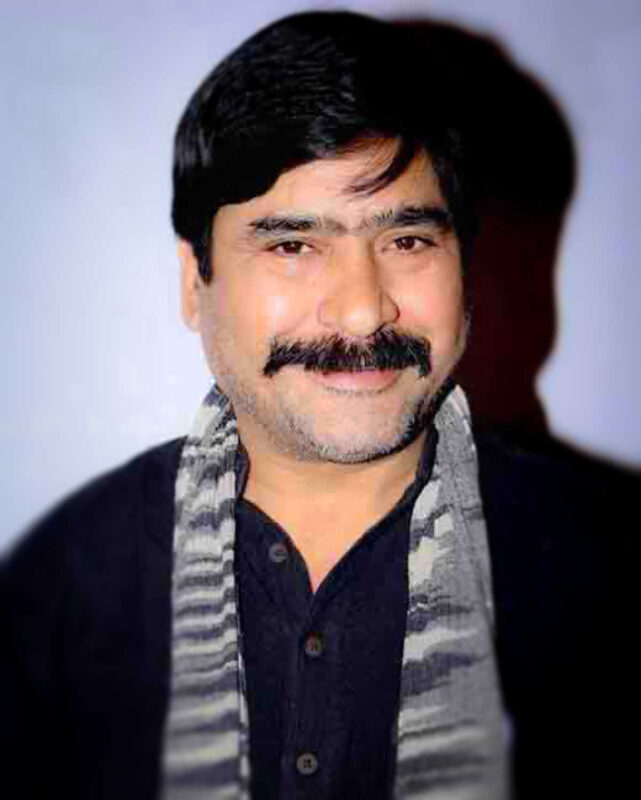
Early Indian films also had a strong mythological influence. Dadasaheb Phalke made India’s first feature-length motion picture titled Raja Harishchandra in 1913 (a silent film). Often referred to as the father of Indian cinema, Phalke had mastered the art of integrating centuries-old narrative techniques borrowed from Indian mythological epics, with the emerging technique of making motion pictures.
“I think Indian cinema has a characteristic of its own unlike any other industry in the world. We are a nation of storytellers,” points out Sharma. “Every child’s favourite memory is a story that he heard from his parent or grandparent about some local hero or a tale from mythology.”
Early filmmakers took up themes based on their own experiences or the Mughal era, the struggle for freedom against the British and the trauma of Partition. “So a lot of our movies are inspired by these,” explains actor-director R Madhavan.
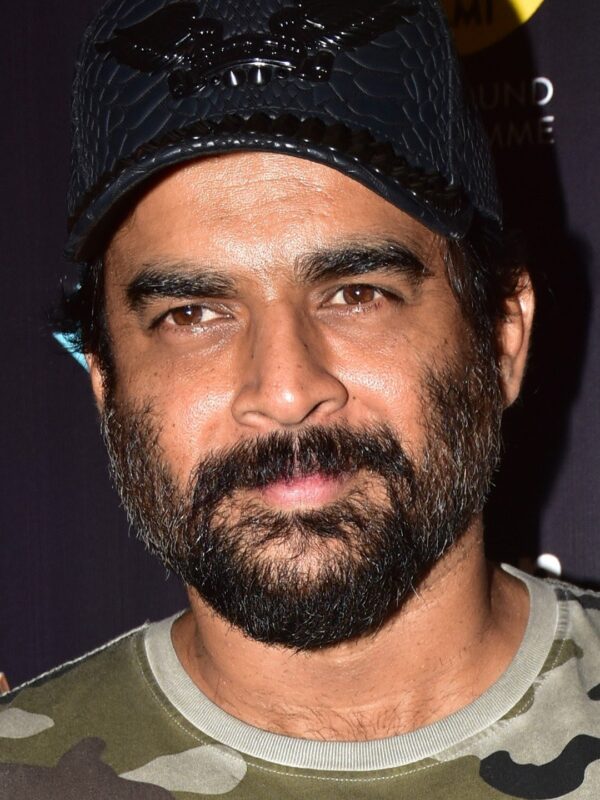
The commercial success of Phalke’s films set the ball rolling for cinema as a commercial art form. In years to come, cinema in India evolved further as a potent art form capable of mirroring socio-political and economic issues plaguing India with films like Achhut Kanya (1936) and Sujata (1959).
“After the initial phase, Indian cinema became a mirror of what was happening in our society — and more importantly, a trendsetter,” adds Madhavan. “For example, movies like Rang de Basanti (2006) and 3 Idiots (2009) ushered in a new era of media freedom or of parents allowing their children to follow their dreams.”
Looking back, Madhavan is quite clear that the hero had to be aspirational. “Over 70 years, what that hero signifies has changed from him being a straightforward regular guy to the angry young man to an era when dancing and six-packs became the need of the hour. Finally, this wholesome entertainment actor who can act, dance and basically do both the commercial and non-commercial films with the same ease.”
Over the last seven decades or so, Indian cinema has come a long way in terms of narratives, craft and special effects. “Today, the kind of freedom you enjoy as a filmmaker is really amazing,” says actor-director-producer Satish Kaushik.
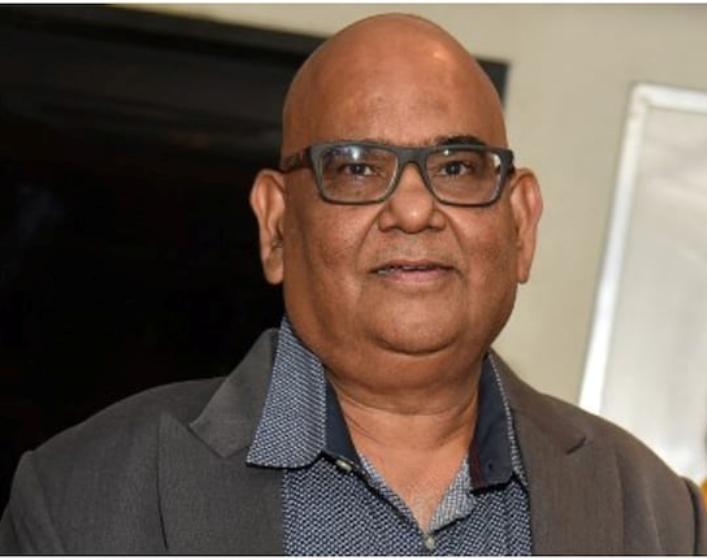
He says the magic of movies was no different in the age of black and white. “Black and white images too had a certain magnetic quality and we were so used to them. I was born in the year 1956 and so I have been a part of this journey for the last 66 years.”
The first film he watched was Jis Desh Mein Ganga Behti Hai (released in 1961). Growing up, he remembers watching Upkar (1971). “When leaders of our country used to appear on screen, people used to stand up and clap out of respect. I was born in a lower middle-class family in Nai Walan locality in Delhi’s Karol Bagh. And as a child I was imbibing all of this; I grew up thinking of cinema’s magnetic quality.”
Foreign influences
Over the years, international filmmakers’ interest in working with Indian actors led to some very interesting collaborations. Actor Adil Hussain, who has worked with Oscar-winning filmmakers like Ang Lee and Danis Tanović, feels that India’s rise as an economic power has led to the country’s emergence as an important market for international films.
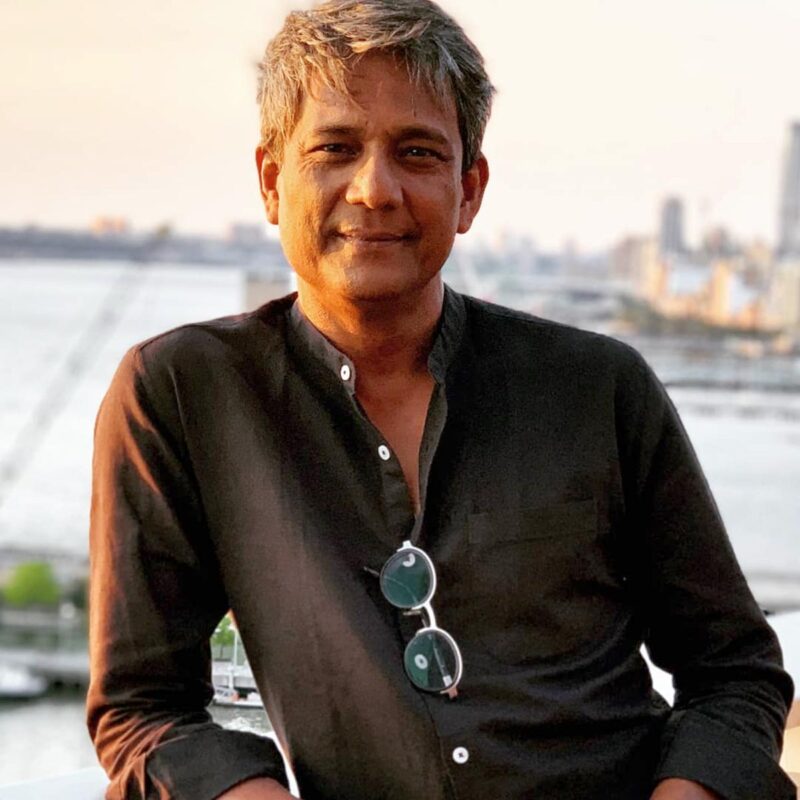
“I feel that as India became sort of economically more powerful over the years, they realized that India is a big market as well. Involving one Indian character in a blockbuster Marvel or Disney film gives them a market as well,” he points out.
Foreign filmmakers also came looking for Indian stories, most famously Life of Pi. “But it’s actually pretty random. Some Indians such as Ismail Merchant, Saeed Jaffrey and Roshan Seth moved out of India, lived in London mostly. So I don’t see it as some movement or trend,” opines Hussain.
According to Hussain, the early fascination for India among Western storytellers has slowly matured into a more meaningful relationship. “Most probably it started with Om Puri, who got success with Roland Joffé’s City of Joy (1992). Indian subjects and narratives became a little trend-worthy even though the exotic factor long associated with India was still pretty much there for western storytellers, who looked at India as a place of magic, poverty and exoticism most of the time. It was only gradually that the idea of India, Indian culture and families, their dreams, aspirations and struggle slowly entered the Western mainstream fabric. More such stories are now being written.”
Undeniably, NRI filmmakers have played a very important role in this interaction. “All my feature films are about migration conflicts and their effect on human feelings,” explains New York-based Emmy-nominated filmmaker Tirlok Malik. “Whenever one migrates to a new country, one is constantly looking for an anchor to hold on to. That’s the underlying reality that has helped shape my identity as an Indian-American filmmaker.”

Another perspective comes from German-born Indian actress Suzanne Bernert, who acted in The Accidental Prime Minister. Asked what inspired her involvement in the Indian film and television industry, she says he is fascinated by the tremendous scope that regional cinema offers.

“If you look at the vastness of India and look at how many regions exist you might get an idea how many ‘cinemas’ exist within India,” exults Bernert. “In comparison, Germany has just one language and one audience. My own journey into regional Indian cinema is unlike anything I experienced before.”
“You travel in India to a different state and you enter a new world,” she gushes. “It’s distinctively Indian and at the same time you encounter a new treasure trove of language, culture and the art of shooting a movie.”
Too much mediocrity
While Indian cinema has made tremendous progress during the last 75 years, the story would be incomplete without looking at the flip side. One person who has given this aspect a lot of thought is producer-director Suraj Kumar, whose Indo-Argentine film Thinking of Him explored Rabindranath Tagore’s platonic bond with the noted Argentine writer Victoria Ocampo.

“As someone who has been a regular at the Cannes Film Festival for many years, it really breaks my heart to see the total absence of Indian films in the main Competition section,” rues Kumar. “We need to reclaim our place in international cinema that masters like Satyajit Ray, Bimal Roy and Raj Kapoor had created.”
The journey over the last seven decades has been a rollercoaster ride with some very mediocre films, he says. In his opinion, the gems were Do Bigha Zameen (1953), Pather Panchali (1955), Mother India (1957), Mughal-e-Azam (1960) and Sholay (1975).
While that may be an overly pessimistic view, the poor theatrical run of our films in recent times is certainly casting a pall of gloom over the industry. Cinema experts are still trying to come to terms with the underlying causes. Some have attributed it to the rise of OTT while others see it as a result of a change in audience tastes.
“Post-Covid, people are more discerning about the kind of film they want to see in theatres,” sums up Madhavan. “They want to first see if it even qualifies to go to a theatre and watch a film. So what was a necessity at one point in time has become a choice. That’s the biggest change that we are witnessing. And even in smaller towns where people would invariably go to theatres for entertainment, they are also quite choosy about going to the theatres today.”
Send comments to feedback@thepatriot.in


